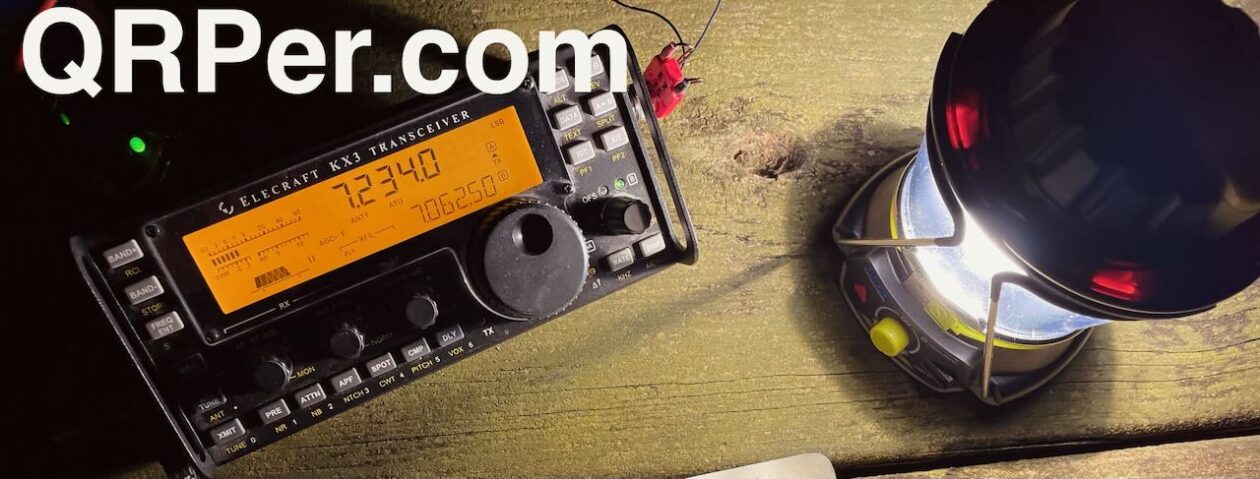As I walked out the door on the morning of Tuesday, March 21, 2023, I grabbed my Elecraft KX2, MM0OPX 40 meter end-fed half-wave, and a key I hadn’t yet taken to the field: my Bamakey TP-III!
I had a full day of errands, appointments, and carting my daughters to/from school, but I also had a good 90 minute window to play radio!
As I’ve mentioned previously, the Vance Birthplace (K-6856) is incredibly convenient this particular school term. I pass by it twice a week, and I feel incredibly fortunate because it’s a wonderful POTA site with POTA-friendly staff. They all know me quite well there at this point.
The Vance site is a small park and the only negative (from the point of view of a POTA activator) is if you have poor timing, you might arrive only to find that a large school group has taken over the site. This is especially a concern on weekdays during school hours–in other words, the time I usually activate Vance.
I pulled into the Vance site that morning and there were no vehicles there other than park staff. A good sign so far!
The only appropriate spot to activate at Vance (if you operate a portable HF station) is in or near the picnic shelter. The rest of the site is where visitors wonder through the old homestead and take guided tours.
I never set up my station in the middle of park activities or in a viewshed.
At the end of the day, we represent all Parks On The Air activators and the amateur radio community at large when we’re in public spaces. The last thing we want to do is detract from others’ park experience.
Before pulling any gear out of the car, I walked into the visitor center and asked the park staff for permission to set up in the picnic shelter. I always do this because if a school or tour group is scheduled to visit the site that day, they almost always need the picnic shelter and have it reserved.
 Fortunately, no one had scheduled the picnic shelter, so the park ranger told me, “It’s all yours! Have fun!”
Fortunately, no one had scheduled the picnic shelter, so the park ranger told me, “It’s all yours! Have fun!”
Proper POTA Flea Power!
 I like shaking up each new activation in some small way so that it’s not a carbon copy of any previous activation.
I like shaking up each new activation in some small way so that it’s not a carbon copy of any previous activation.
Since, like most POTA activators, I visit the same local parks the bulk of the time, it adds a little extra challenge and fun to try different gear combinations, experiment with new antennas, or even (as in this case) try different power settings–! Continue reading QRPp POTA: How many hunters can I possibly log with only 100 milliwatts–?









































